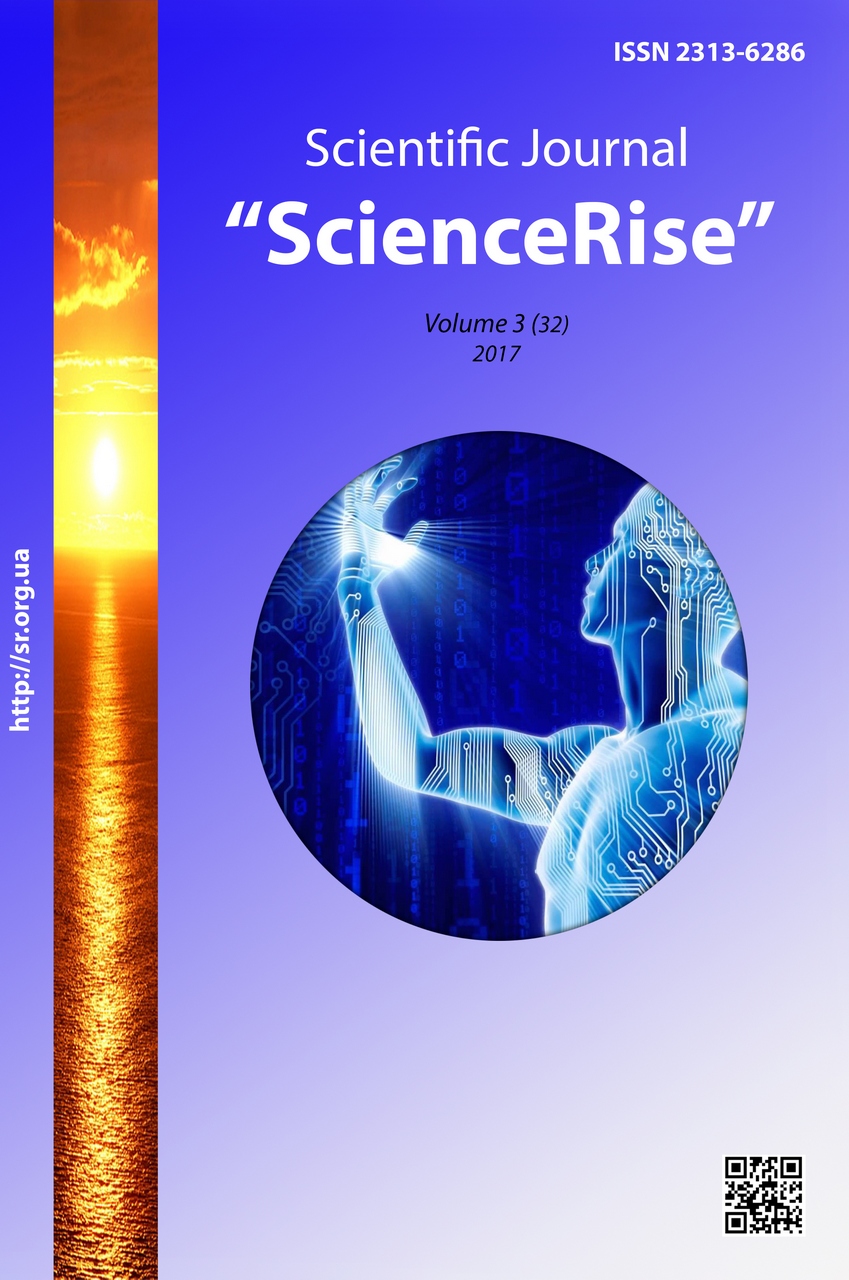Analysis of the the current state of management of personnel policy formation processes of the enterprise
DOI:
https://doi.org/10.15587/2313-8416.2017.95550Keywords:
personnel policy, control, labor, movement, current state, enterprise, managementAbstract
The article analyzes the current state of management of personnel policy formation processes. The main types of personnel selection are considered, special attention is focused on the necessary and additional selection. The situational plan of supply and demand of labor resources at the enterprise is analyzed. Areas of improvement of the situation are given at the ratio of supply and demand of labor resources at different structural levels
References
Dzhirev, S. H. (2006). Sodeystvie trudovoy zanyatosti. Moscow: Prospekt, 463.
Zima, O. G. (2004). Situatsiyniy analiz ruhu trudovih resursiv na pidpriemstvi. Ekonomika rozvitku, 4 (32), 79–83.
Zolotarev, A. N. (2004). Povyishenie produktivnosti vosproizvodstvennyih protsessov. Kharkiv: ID “INZhEK”, 172.
Lepeyko, T. I., Kachala, A. O. (2005). Obgruntuvannya pokaznikiv otsinki yakosti trudovogo potentsialu. Ekonomika rozvitku, 4 (36), 72–75.
Masich, L. A., Zimenko, L. I. (2011). Aktualnyie voprosyi statisticheskogo analiza ryinka truda v Ukraine. Ekonomika i organizatsiya upravlinnya, 9, 62–70.
Moskalenko, N. O. (2005). Upravlinnya trudovim potentsialom dlya zabezpechennya konkurentnih perevag pidpriemstva. Ekonomika rozvitku, 2, 89–91.
Piters, T., Uormen, R. (1986). V poiskah effektivnogo upravleniya: Opyit luchshih kompaniy. Moscow: Progress, 424.
Smolyuk, V. L. (2005). Mehanizm upravleniya razvitiem trudovogo potentsiala predpriyatiya. Ekonomika rozvitku, 3, 63–65.
Chernyavskaya, I. G. (2003). Umenie upravlyat kadrami. Ukrainskaya investgazeta, 42 (420), 15.
Chmihalo, O. L. (2011). Perspektivi rozvitku suchasnogo rinku pratsi Ukrayini. Upravlinnya rozvitkom, 11 (108), 70–71.
Downloads
Published
Issue
Section
License
Copyright (c) 2017 Сергій Анатолійович Соколовський

This work is licensed under a Creative Commons Attribution 4.0 International License.
Our journal abides by the Creative Commons CC BY copyright rights and permissions for open access journals.
Authors, who are published in this journal, agree to the following conditions:
1. The authors reserve the right to authorship of the work and pass the first publication right of this work to the journal under the terms of a Creative Commons CC BY, which allows others to freely distribute the published research with the obligatory reference to the authors of the original work and the first publication of the work in this journal.
2. The authors have the right to conclude separate supplement agreements that relate to non-exclusive work distribution in the form in which it has been published by the journal (for example, to upload the work to the online storage of the journal or publish it as part of a monograph), provided that the reference to the first publication of the work in this journal is included.

